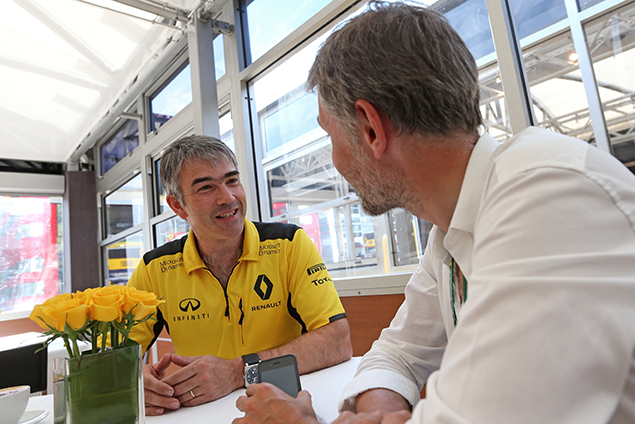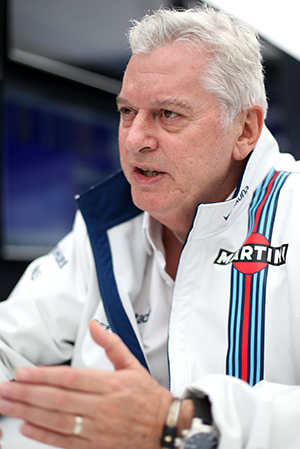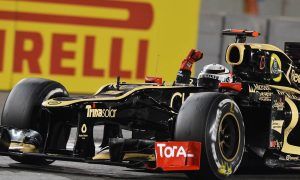
©F1i, XPB Images, & Wri2
A BIGGER SCOPE FOR DEVELOPMENT… BUT ONLY TO A CERTAIN EXTENT
2017 regulations have also confirmed the end of the much-maligned engine development tokens, which had been implemented as a cost-control measure but ended up hampering the likes of Renault and Honda as they try to close the engine gap. Now freed from the constraint, both manufacturers have announced a 2017 design based around new concepts.
Having reached the conclusion that its current architecture, which features a conventional turbocharger installation, could not yield further gains, Renault’s engine engineers at Viry have decided to work on an entirely new power unit. It remains to be seen though, whether the new plant will include the split-turbo layout pioneered by Mercedes.
McLaren, for its part, recently confirmed that engine partner Honda had also reviewed its power unit concept.
“For 2017, the Honda engine architecture and layout have been altered to serve both for performance and packaging needs,” McLaren-Honda technical director Tim Goss told the team’s official website.
“The new power unit takes much of the learning from the past two seasons, but has been specifically redesigned for this season.”
Honda’s previous design saw the turbocharger and MGU-H placed within the ‘Vee’ of the V6 in order to comply with McLaren’s size-zero aero philosophy. The turbine proved to be undersized though, and caused a lack of horsepower on the troublesome engine. Honda did increase the size of its turbine in 2016 but the Japanese constructor is likely to implement an even bigger one on its latest power unit specification. Honda is also keeping a close eye on a prechamber technology similar to Ferrari's potent Turbulent Jet Ignition system.
With the token system out of the way, engine development programmes should follow three steps once the first of the four units allowed has been homologated. Suppliers will be able to introduce bigger and more coherent updates, without having to resort to penny-pinching calculations. That said, the number of engines allocated for a championship season will go down to just three in 2018, so manufacturers can not afford to miss out on this year’s opportunities.
Finally, in order to achieve performance convergence, the FIA stated that “constraints on power unit part weights, dimensions and materials will be introduced in 2017”. For instance, the MGU-K must weigh at least 7kg, the MGU-H 4kg, a piston 300g, and the crankshaft 5.3kg. Teams will also be able to change gear ratios once during the season, whereas these used to be frozen at the start of the season.
This year’s regulations are sure to have an impact on the current breed of turbo engines, though its core features remain the radical aero and tyre changes that will be detailed in the following series of F1i’s 2017 F1 technical preview.

GALLERY: F1 drivers' wives and girlfriends
Keep up to date with all the F1 news via Facebook and Twitter






